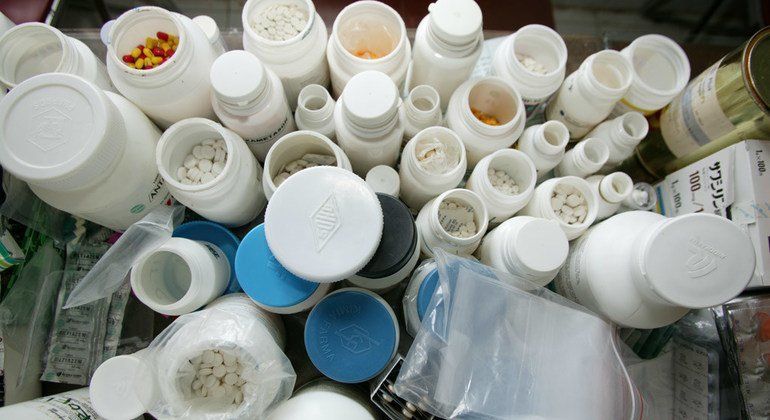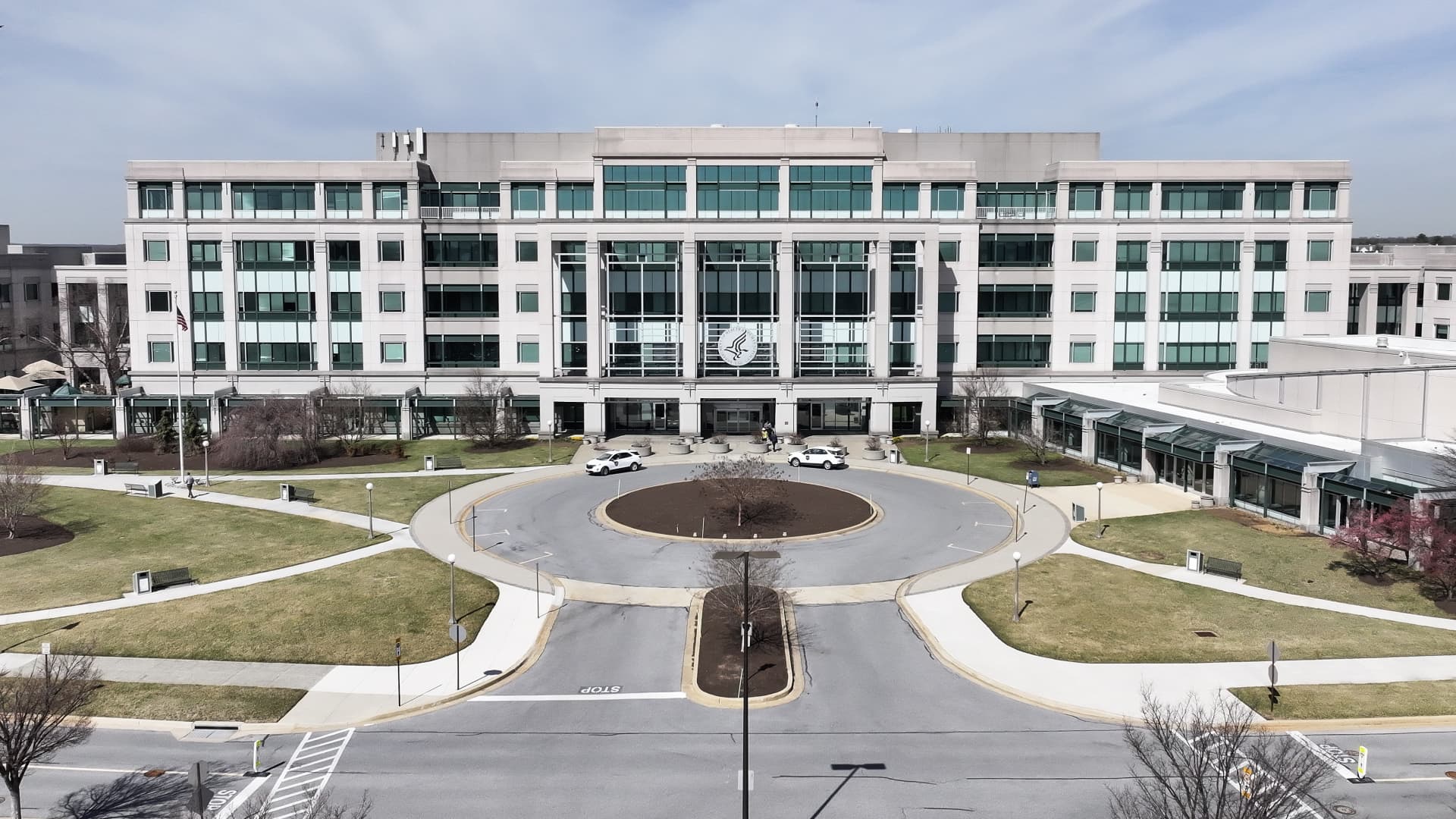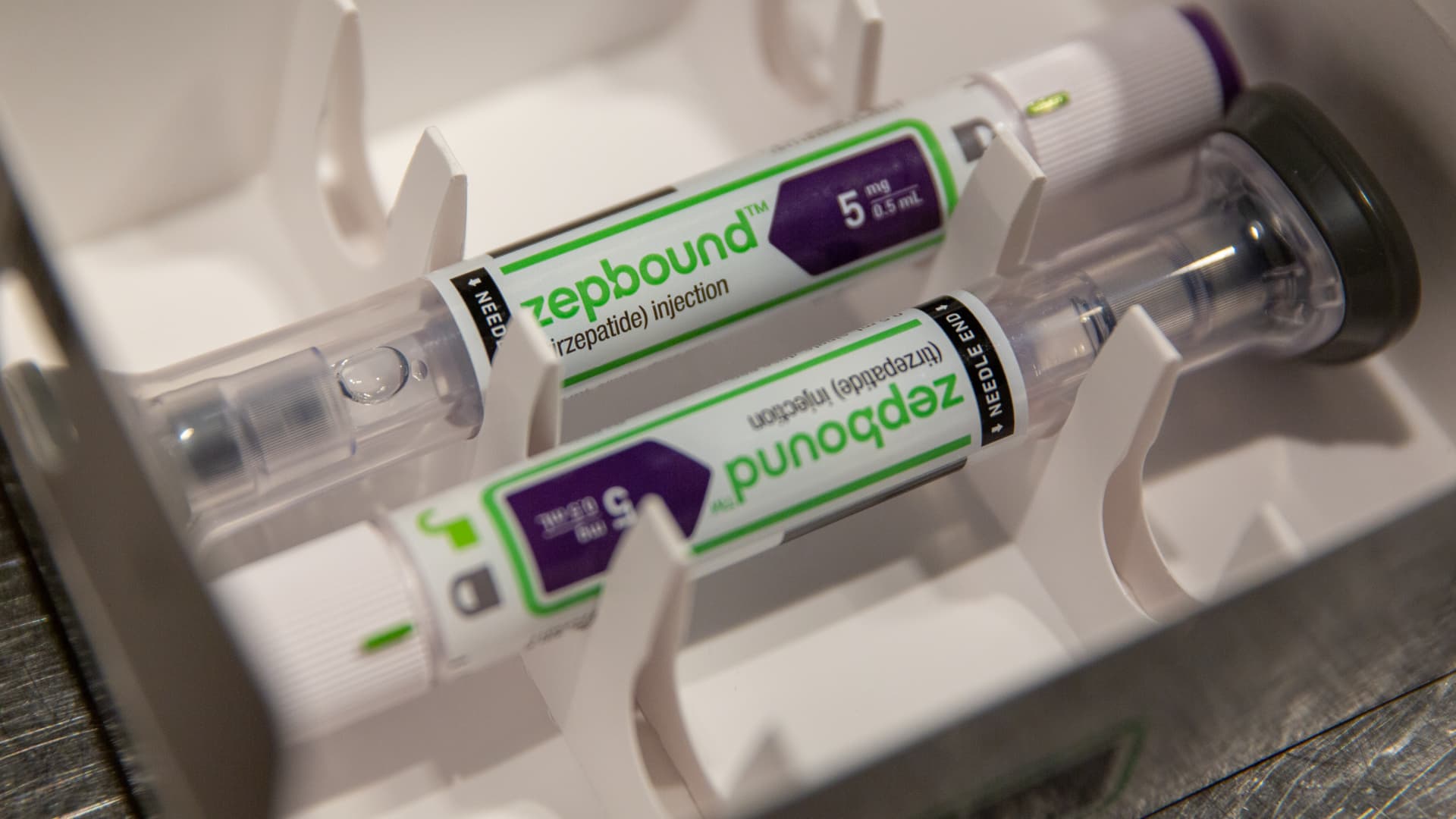The directive covers wastewater and solid waste management for antibiotic manufacturing, and comes ahead of a High-Level Meeting on Antimicrobial Resistance (AMR) during the United Nations General Assembly later this month in New York.
Antimicrobial resistance occurs when bacteria, viruses, fungi and parasites change over time and stop responding to medicines. It is largely due to misuse and overuse of antimicrobials, even though many people around the world do not have access to these essential medicines.
The effectiveness of antibiotics is weakening
WHO noted that the emergence and spread of AMR caused by antibiotic contamination could undermine the effectiveness of antibiotics worldwide, including medicines produced at manufacturing sites responsible for the contamination.
However, although high levels of antibiotic contamination are widely documented, the problem is largely unregulated and quality assurance criteria generally do not address environmental emissions.
In addition, consumers are not given enough information about how to dispose of unused antibiotics, for example when medicines have expired or when a course of antibiotics is finished but there is still some left.
New potential threats
“Pharmaceutical waste from antibiotic manufacturing can facilitate the emergence of new drug-resistant bacteria“which can spread globally and threaten our health,” said Dr Yukiko Nakatani, WHO Assistant Director-General for AMR. interim.
“Controlling contamination from antibiotic production helps maintain the effectiveness of these life-saving medicines for everyone,” he added.
There is a lack of accessible information globally on the environmental damage caused by drug manufacturing, WHO said, noting that several international bodies have called for guidance, including health ministers from major G7 economies as well as the United Nations Environment Programme (UNEP).
Environmental action is critical
“The role of the environment in the development, transmission and spread of antimicrobial resistance requires careful consideration as evidence mounts.“said Jacqueline Alvarez, Chief of UNEP’s Industry and Economics Division.
“There is a general consensus that environmental measures must become more important as a solution. This includes pollution prevention and control in municipal systems, manufacturing plants, healthcare facilities and agri-food systems,” he added.
About orientation
The new guidance was developed in close collaboration with a diverse group of international experts, including representatives from academia, regulators, inspectors, international organizations and other sectors.
It provides human health-based objectives to reduce the risk of emergence and spread of AMR, as well as objectives to address the risks to aquatic life caused by all antibiotics intended for human, animal or plant use.
In addition, all steps from the manufacturing of active pharmaceutical ingredients (API) and the formulation of finished products, including primary packaging, are covered.
“The guidance provides an independent and impartial scientific basis for regulators, buyers, inspectors and the industry itself… Include robust control of antibiotic contamination in your standards“said Dr Maria Neira, Director of the WHO Department of Environment, Climate Change and Health.
“It is critical that a strong focus on transparency empowers buyers, investors and the general public to make decisions that take into account manufacturers’ efforts to control antibiotic contamination.”












